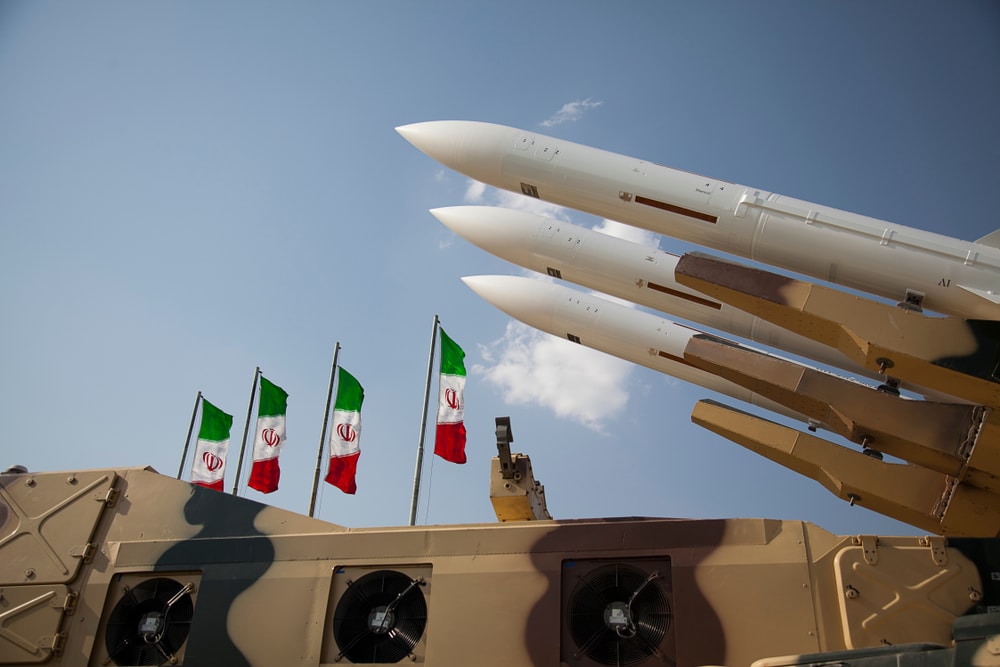I became your enemy because I tell you the truth
“You can fool some of the people all the time and all the people some of the time,
but you can’t fool all the people all the time.” A. Lincoln
(OPINION) Nearly a year ago, I warned in these pages that Israel and Iran were rapidly reaching an inflection point over Tehran’s intent to weaponize its nuclear program. In June 2022, Iran was reported to already have amassed 95 pounds of highly enriched uranium to a 60 percent level — well beyond the amount of mass needed for an atomic weapon, yet still short of the 90 percent enrichment required for an Armageddon-like detonation.
Now, according to a February 2023 official International Atomic Energy Agency (IAEA) report to the United Nations Security Council, Iran has portentously amassed a stockpile of 193 pounds of U-235 enriched to 60 percent, or enough mass to produce three full-scale atomic weapons.
It has also, alarmingly, demonstrated a menacing capacity to enrich U-235 particles to 83.7 percent. Equally disconcerting was “two cascades of IR-6 centrifuges at Iran’s Fordo facility” were “configured” to facilitate reaching a weaponized grade of 90 percent.
Iran clearly knows now how to unlock the doors to a nuclear Armageddon. There is a growing sense in Israel that Jerusalem is quickly running out of time to prevent Iran from becoming a regional nuclear power.
Moreover, it is highly likely that, as part of Tehran’s partnership to supply Russian President Vladimir Putin with drones for use in Ukraine, Moscow is helping Iran overcome the last of several remaining technical obstacles to producing, weaponizing, delivering and detonating a nuclear bomb.
“Particles” are not the same as highly enriched uranium. However, like a dying canary in a coal mine, their enrichment is an unmistakable signal to the Israeli Defense Force that the endgame is fast approaching a now-or-never reckoning. Acting will not be easy, nor is decisive success a given. Many of Iran’s nuclear sites are as far as 1,500 miles east of Tel Aviv, including Iran’s purported atomic test site in the Lutz Desert.
In 1981, Israel launched Operation Babylon, which successfully destroyed Saddam Hussein’s Osirak nuclear facility then under construction. That required a single 2,000-mile aerial trip. Now, in direct contrast, there are at least seven major known Iranian nuclear sites spanning the country, including Bushehr, which is being built in partnership with Russia, the Natanz Enrichment Plant, and the Isfahan Nuclear Fuel Research and Production Center.
Beyond doubt, there are other critical facilities that would have to be struck by the Israeli Air Force to sufficiently degrade Iran’s capacity to build and launch nuclear weapons.
Jerusalem, since early 2021, has increasingly publicly signaled to Tehran a willingness and readiness to do just that. Then-Lt. Gen. Aviv Kohavi, the Israeli Defense Force’s Army Chief of Staff, openly declared that Israel had “dramatically accelerated” funding and plans for an attack on Iran’s nuclear installations, enrichment sites and research centers.
Subsequently, in a highly unusual move for the normally secretive Israeli government when it comes to the nation’s military capabilities, Jerusalem leaked in August 2022 that its stealth F-35 fighter bombers had “repeatedly” and successfully “penetrated Iranian airspace.” (READ MORE)
All it takes for Evil to triumph is for good people to do nothing
VIDEO: MEIR KAKHANE. I DID NOT SAID IT, I DID NOT WRITE IT
Michael Loyman
